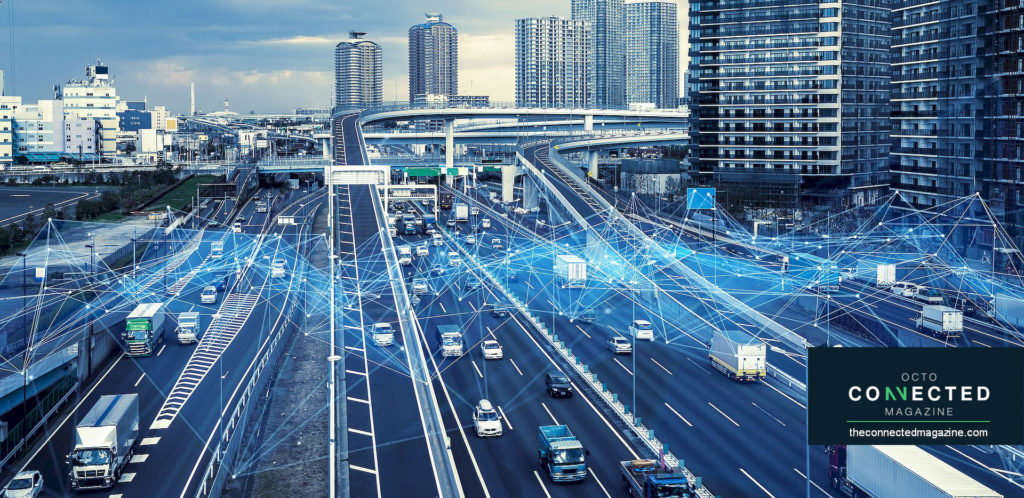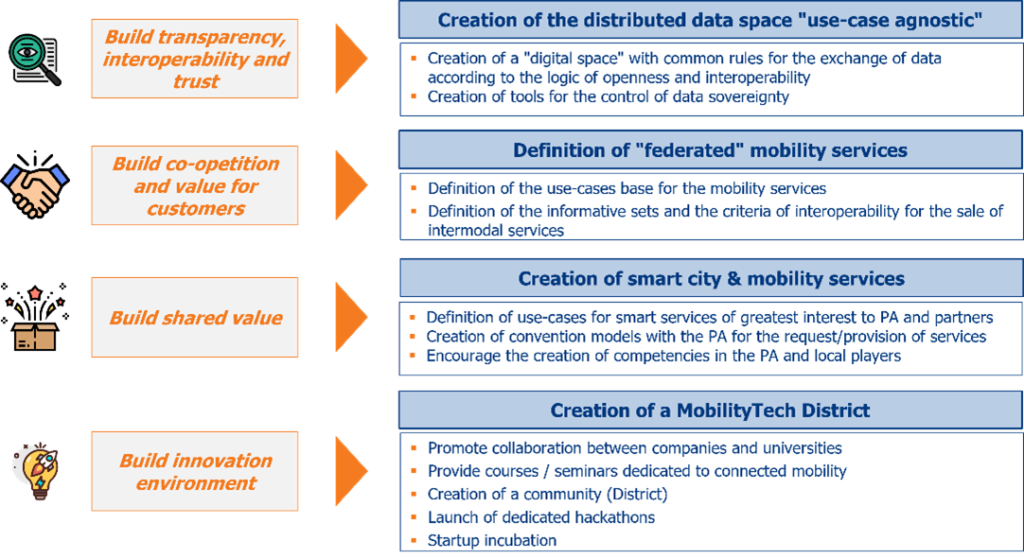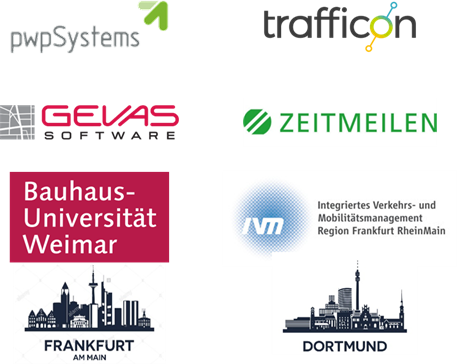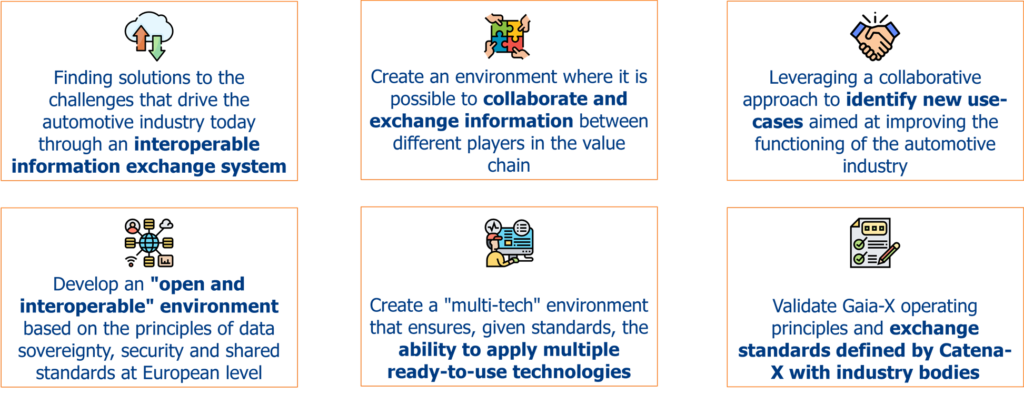
In the previous article – “The New Mobility Paradigm: Accelerators and Proposals for Action for the Italian Way to Connected Mobility” – the five hindering factors identified as potential brakes to the realisation of the “Italian Way to Connected Mobility” have been deepened as summarised below:
- Thefirst of these hindering factors concerns the heterogeneity of approaches in the creation of Mobility Data Spaces (MDS) in public transport.
- The second obstacle, which is a direct consequence of the first, is the difficulty in involving private actors in the Mobility Data Space to create complementarity between the different forms of transport and enable the creation of innovative services.
- The third hindering factor relates to the difficulty in establishing partnerships between public and private actors for thesharing and use of data for Smart City needs.
- The fourth obstacle is the regulatory backwardness of the Highway Code, which clashes with the need to encourage the spread of new forms of mobility. In this specific case, the problem lies in the slowness of the regulator to adapt to changes resulting from technological progress, which often prevent the adoption of innovative solutions capable of improving the competitiveness of the players involved in a market and increasing the satisfaction of end users.
- The fifth and final hindering factor relates to the need to update insurance regulations (Road Traffic Code and Insurance Code) to associate new insurance formulas with new forms of mobility (e.g., insurance on the user instead of on the vehicle).
To realise the vision of the “Italian Way to Connected Mobility”, as desired by OCTO and The European House – Ambrosetti, urgent action is needed to ensure that the five hindering factors described above are transformed into enabling elements that will favour and promote the development of an Italian ecosystem of connected mobility. In this sense, according to OCTO and The European House – Ambrosetti, it will be fundamental to encourage the experimentation of new projects, exploiting the value of data and the tools made available by new technologies, to make mobility solutions available that are increasingly customer-centric and at the service of the Smart City concept.
In the vision of OCTO and The European House – Ambrosetti, it will be fundamental to work to create value for consumers, society and companies through the development of new models of Mobility-as-a-Service and through the promotion of Vision Zero – outlined by OCTO, supported by The European House – Ambrosetti and declined with the statement “Zero Accidents, Zero Traffic and Zero Pollution”.
In addition, the thematic working groups held during the initiative with the involvement of more than thirty primary stakeholders at national level revealed four strategic levers on which to act to develop the “Italian Way to Connected Mobility”.

The project the “Italian Way to Connected Mobility” intends to foster the experimentation of the Mobility-as-a-Service and Vision Zero paradigms through an ecosystem model in which institutions and mobility actors collaborate according to a co-opetition logic in the creation of services and experiences.
In this sense, the working tables were an opportunity to get in touch with the different mobility stakeholders and to collect their contributions and suggestions.
During the working tables and the last Advisory Board, some international best practices were presented with the aim of demonstrating the existence of solutions aligned with the strategic levers identified by the working group of The European House – Ambrosetti.
With respect to the first strategic lever – Building Transparency, Interoperability and Trust – whose underlying elements have already been described in the previous article in this series[1], we chose to analyse two case studies carried out in Germany in the cities of Frankfurt (in partnership with the city of Dortmund) and Hamburg.
Both municipalities have realised the potential of using data and creating synergies with private actors to develop new, highly innovative mobility models with high added value for city users. The digital transformation of the city of Frankfurt was based on the objective of evolving traffic management strategies into proposals for optimised navigation in the city. The pilot project was called “SCHOOL” and involved eight public and private actors – in total the project is funded with a budget of approximately 2 million Euro.

The project consists of the creation of a Mobility Data Space (MDS) to collect and exchange mobility data to enable the development of new offers to citizens and new traffic management strategies.
Through a more direct co-operation between public and private actors and the development of new communication and data exchange channels between the public sector, mobility service providers, local actors and citizens, the promoters intend to foster the development of new business models. To this end, the following strategic objectives of the project have been defined:
- Improving access to data for the public sector and private actors.
- Developing data-driven applications for traffic management actors and the consumer sector.
- Develop strategies for reducing mobility-related emissions.
- Define traffic management strategies shared between different actors (cities, states, private actors, etc.).
- Promote research, development and marketing of gamification services and incentives to motivate road users to follow public strategies.
- Developing new business models linking private and public mobility, involving different stakeholders[2].
Within the SCHOOL project, solutions and operational models are developed in cooperation between public and private actors. Specifically, the city of Frankfurt intends to develop a system to collect traffic data and make them available on an MDS. Developers of routing platforms will have access to the data and will be able to propose alternative routes and virtual signposting (which will be integrated with smart signposting systems in the city)[3].
A second example looks at the development of a new mobility model in Hamburg, which started with the launch of a project to digitise mobility in urban and rural areas – a project supported by an investment of € 21 million[4].
To date, the project, called RealLabHH, has more than 32 partners and will be completed by the end of 2021. Innovative mobility offers will be developed and tested in ten sub-projects ranging from mobility platforms to the testing of autonomous driving systems, the use of micro-depots to reduce logistical traffic and the provision of on-demand shuttles [5].
At the Italian level, there are few and small initiatives about the creation of Data Spaces: most of them are developed at the level of single urban areas. The objective for the “Italian Way to Connected Mobility” should be to promote an integration between public-private transport on a supra-regional scale and between the related data, thus generating new opportunities for ecosystem development for mobility.
With regard to the second strategic lever – Building co-opetition and value for customers – we chose to analyse a European project, Catena-X, which originated within the broader Gaia-X initiative – which we discussed in the article “The new mobility paradigm: a development model and some elements underlying the pilot projects”.
Catena-X is a network of some of the major players in the European automotive industry (e.g., Mercedes, BMW, Volkswagen), who have come together to create and implement the first ‘data-driven value chain’ within the automotive industry.
The companies involved have set themselves the following objectives: to increase the competitiveness of the automotive industry, to improve efficiency through co-opetition and to accelerate business processes through standardisation and access to information and data.
In addition, existing structures of the European automotive industry, such as processes in the field of parts logistics, are to be integrated into the network and further optimised. In addition to the benefits resulting from greater efficiency in the supply chain, network participants expect quality processes, greater transparency in terms of CO2 emissions (which will be sustainably reduced) and simplified data management between the network companies. Concretely, the promoters intend to create standardised data and information flows along the entire value chain. The focus is on generating benefits and added value for each network participant, while maintaining data sovereignty in compliance with EU standards (thus in line with what is defined within Gaia-X).

About the third strategic lever – Creating shared value – we chose to analyse some pilot projects, carried out within the non-profit association Digital Europe.
Intel and Mobileye have planned to launch MaaS in Europe in the period 2022-2023, through a particular autonomous driving technology developed in partnership with some OEMs and public actors. The launch of the MaaS solution will take place after years of experimentation and testing that have enabled the optimisation of the RSS (Responsibility-Sensitive Safety) technology, achieving very high levels of safety. The solution proposed by the two technology companies aims to pursue the ‘Zero Accidents’ component of Vision Zero, developing an autonomous driving system capable of achieving safety levels that (almost) eliminate the risk of accidents.
Ericsson has partnered with the Dutch Minister of Infrastructure and Water Management, 60 local authorities and several private companies – including competitors – to carry out a project called “Talking traffic“, the aim of which is to accelerate the development of intelligent traffic systems capable of collecting, managing and analysing data in real time. The data processed will then be sent to road users (from pedestrians, to drivers, to autonomous cars) and to management authorities with the aim of increasing safety and improving the management of cities, optimising road indications based on real flows. Data and applications are accessible through international standards. By 2020, more than 2.5 million people had the opportunity to experience the system’s functionalities.
In this case, an Italian example could also be identified.
The E015 Digital Ecosystem is aninitiative promoted by six stakeholders – Regione Lombardia, Confindustria, Milan Chamber of Commerce, Confcommercio, Assolombarda and Confcommercio Milano, Lodi, Monza and Brianza – and coordinated by Cefriel.
The aim of the initiative is to create digital relationships between different players, both public and private, interested in enhancing their digital assets or enriching software solutions for their users with the functionalities and information shared by other participants. The data are published on the E015 digital platform and are accessible via APIs (the number of APIs available today is over 180).
The last strategic lever is to create innovation. In the future, according to the vision of The European House – Ambrosetti and OCTO, the availability of data will allow the development of innovations with respect to two main axes: innovation for the development of vertical offerings, i.e., focusing on specific consumer services; development of a high-level customer experience, capable of creating value through engagement with the customer. If we analyse the experiences of other industries, such as the financial sector with the fintech phenomenon, we can hypothesise that, thanks to the possibility of having data, we will see the development of various individual initiatives in one or the other direction by new entrants.
The initial preference for one of the two directions, offer verticalisation or customer engagement, should not imply a complete abandonment of development activities in the other area. On the contrary, the availability of both lines of development will allow the leading players in the market to have an ecosystem of solutions that can be integrated. Indeed, it is believed that the most successful players in the future will be those who are able to create value ecosystems capable of integrating the competitive advantages derived from different developments. In such ecosystems, according to a co-opetitive approach, companies will be able to integrate best practices developed within the industry and thus create new products/services that are optimised and offered with a high degree of integration at the user experience level.
To start a path towards the realisation of this vision, it is considered necessary to identify a series of pilot projects with practical applications of value creation through data, in which OCTO positions itself, according to a co-creation logic, as an enabling actor at the centre of the development of the connected mobility ecosystem, together with key stakeholders.
Considering these strategic levers and the principles underlying the vision of OCTO and The European House – Ambrosetti, i.e., transparency, interoperability and standardisation, the project team identified some actors that could be involved in the development of pilot projects.
The classes of actors identified were chosen based on the feasibility of the projects, considering a short-term time frame, and their role within the mobility ecosystem.
According to these principles, OCTO and The European House – Ambrosetti identified 8 classes of actors – City Administration, LPT and suburban operator, Vehicle sharing, short term renting, long term renting, Insurance, Utility, Maintenance services and car dealer – and 6 project macro-themes:
- Urban planning – using data and connected vehicles to monitor traffic in cities in real time and manage traffic flows based on inflows and outflows.
- Safety – exploiting the enabling technologies of connected vehicles to increase road safety and reduce the number of accidents.
- Fleet efficiency monitoring – assess the efficiency of each vehicle in the fleet to optimise maintenance programmes and identify any vehicle problems.
- Pricing models – use the data collected from vehicles to define new pricing models to reward green vehicle use.
- Emissions monitoring – collect data from the vehicle to understand the actual level of emissions and define rewarding or penalising mechanisms accordingly.
- MaaS models – creating new connected and smart mobility models that improve the liveability of cities while reducing pollution in urban spaces.
Overall, OCTO and The European House – Ambrosetti have defined more than 35 pilot projects of which 15 are considered as priorities, i.e., implementable in the short term (about 6 months).
This is a concrete proposal to launch the “Italian Way to Connected Mobility” through actions capable of generating returns in the short term for companies and the community by pursuing Vision Zero.
In the next article in this series, some of the main pilot projects will be defined and described, specifying their key features and how they will be implemented, in line with the solutions proposed by OCTO.
[1] Reference is made to the article “The new mobility paradigm: a development model and some elements behind the pilot projects”, published by OCTO and The European House – Ambrosetti, 2021.
[2] Source: elaboration by The European House – Ambrosetti on the article “school – Strategiewechsel durch Open Data orientierte Lösungen”, pwpSystems, 2021.
[3] Source: elaboration by The European House – Ambrosetti on the website of the Federal Ministry of Transport and Digital Infrastructure, Germany, 2021.
[4] Source: elaboration by The European House – Ambrosetti on RealLabHH website, 2021.
[5] Ibid.
Authors:
Alessandro Viviani : Senior Consultant – Innotech Hub
Corrado Panzeri : Associate Partner – Head of InnoTech Hub
The European House – Ambrosetti